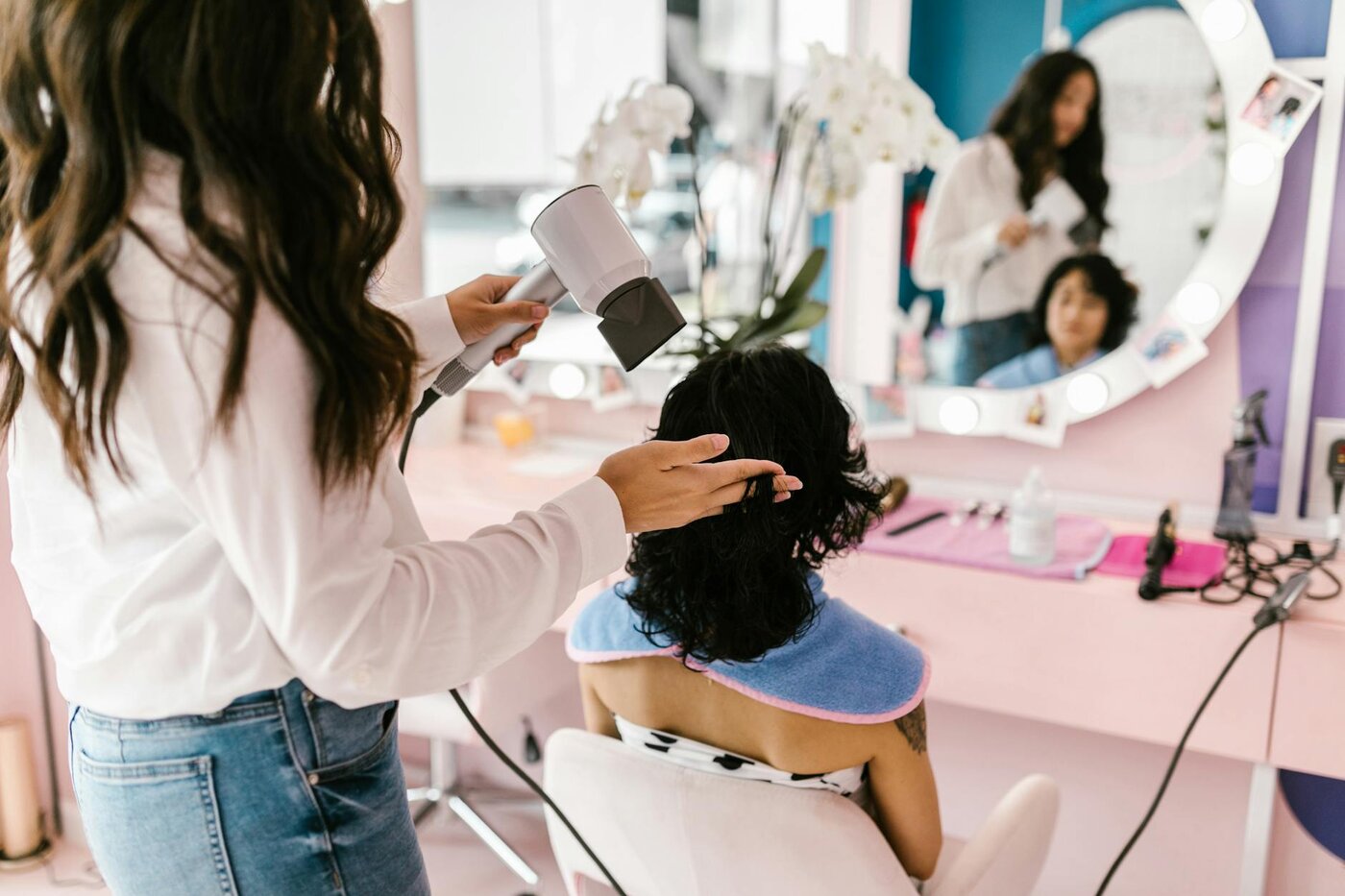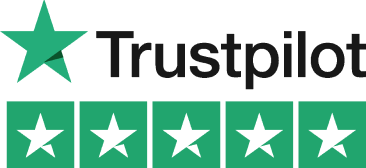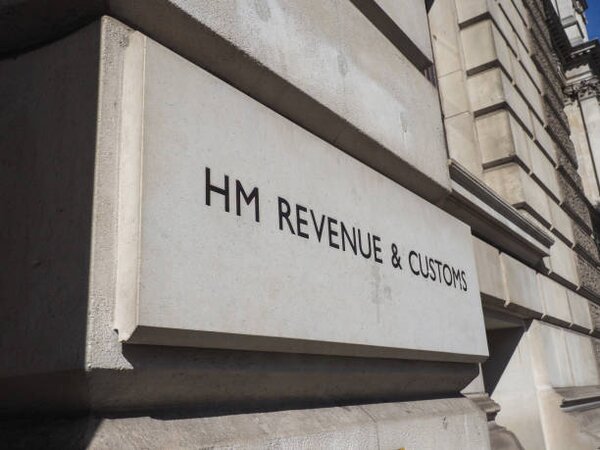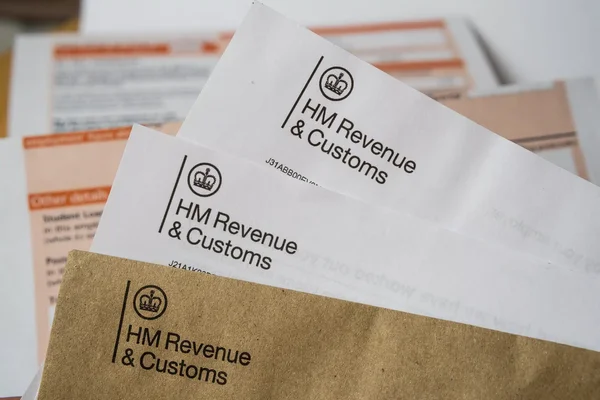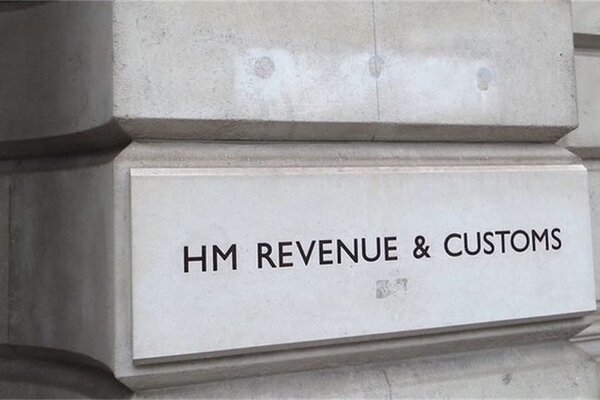Introduction to Hairdresser Tax Obligations
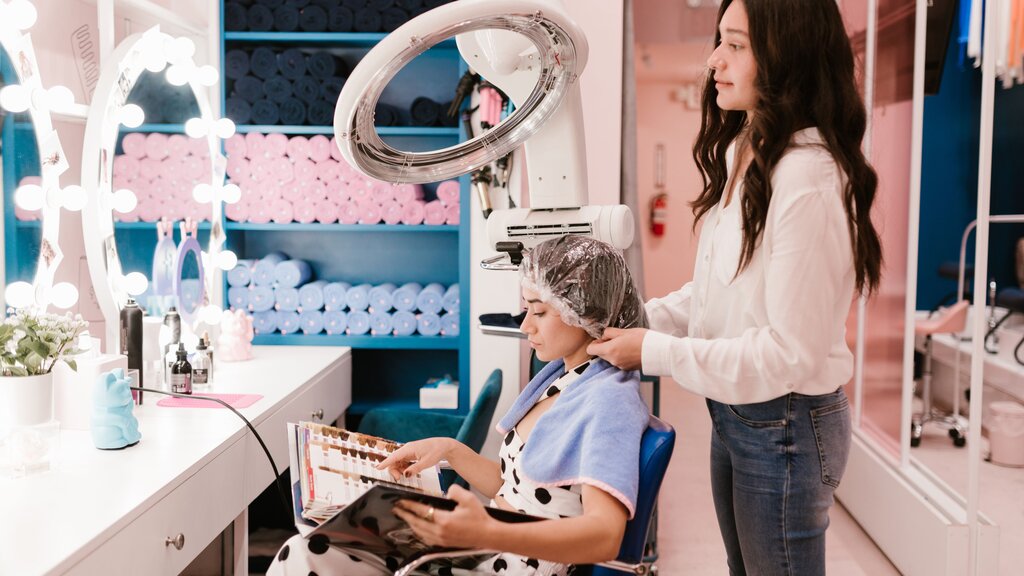
Self-employed hairdressers face unique tax challenges. From understanding allowable expenses to navigating self-assessment deadlines, the tax landscape can be daunting. It’s crucial for hairdressers to stay updated on tax requirements to avoid penalties and make the most of available deductions.
Accurate record-keeping is essential for self-employed hairdressers. Maintaining detailed records of income, expenses, and receipts ensures that you can claim all allowable deductions. Additionally, and the expert tax assistants available on the Pie Tax App can simplify this process, ensuring that you don’t overlook any crucial details.
Understanding your tax obligations as a self-employed hairdresser helps you plan effectively and avoid unpleasant surprises. This guide will walk you through key areas such as allowable expenses, tax rates, and the benefits of using the PIE Tax for seamless tax management.
Understanding Allowable Expenses
Allowable expenses are a critical aspect of managing your tax obligations effectively. As a self-employed hairdresser, you can deduct many business-related expenses from your taxable income. These expenses may include equipment purchases, salon supplies, professional training courses, and even a portion of your home utilities if you run your business from home.
Efficiently managing and documenting these expenses can significantly reduce your tax bill. Tools like the PIE Tax can handle the calculations and keep you organised. This ensures that you utilise every available deduction, ultimately lowering your taxable income and saving you money.
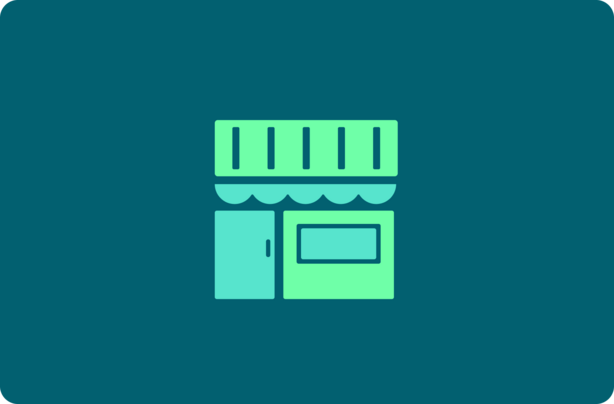
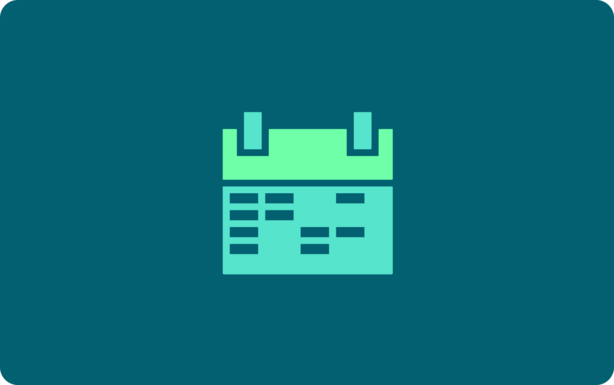
Navigating Self-Assessment Deadlines
Meeting self-assessment deadlines is crucial to avoid penalties and interest charges. For self-employed hairdressers, the tax year runs from April 6 to April 5 of the following year. You must register with HMRC and file a Self-Assessment tax return annually by January 31.
It's essential to mark these dates on your calendar and plan adequately. Filing on time not only avoids penalties but also ensures you have enough time to budget for any owed taxes.
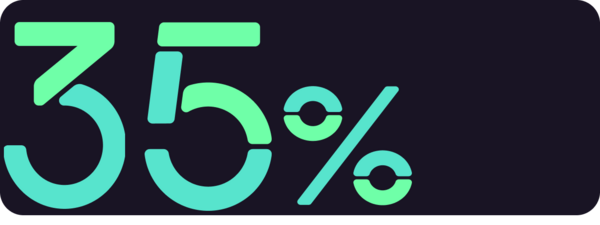
According to a recent survey, 35% of self-employed hairdressers struggle with tax calculations. Additionally, 50% of hairdressers miss claiming allowable expenses, costing them potential savings.Key Statistics for Hairdressers
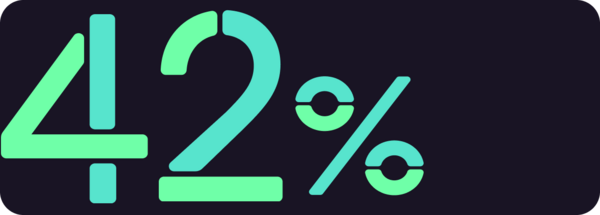
A report shows that 42% of small businesses get penalised for late filings. However, using tax assistance tools like the Pie Tax App can cut errors by 80%, highlighting the necessity of reliable tax resources.Recent Tax Statistics
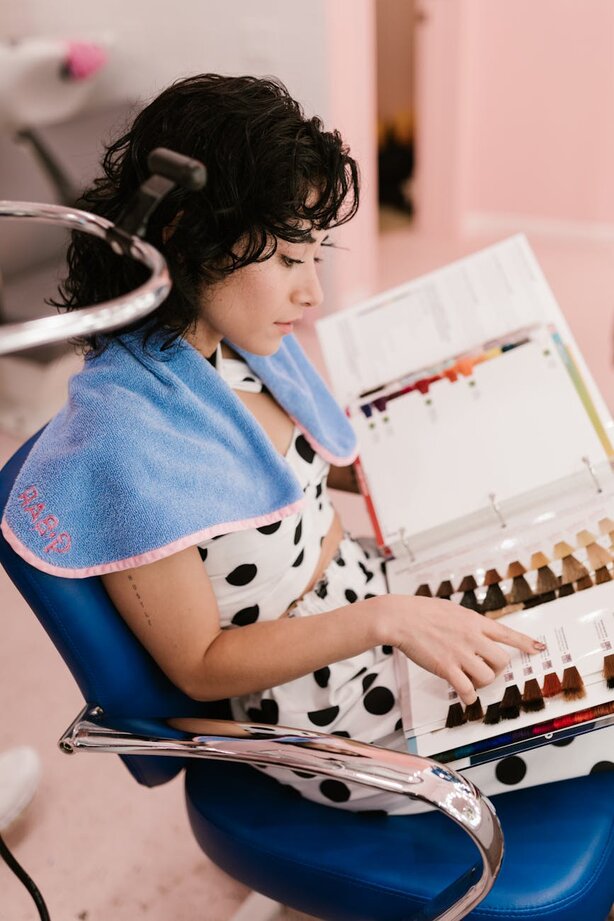
Benefits of Using the Pie Tax App
Utilising the PIE Tax can transform how you manage your taxes. The app provides a comprehensive platform for tracking your income and expenses, ensuring accurate records and maximising your deductions. It also connects you with expert tax assistants who can offer personalised advice and answer any questions you might have.
Moreover, the app sends timely reminders for self-assessment deadlines, significantly reducing the risk of late filing penalties. By using the Pie Tax App, you streamline your tax management, make informed decisions, and ultimately keep more of your hard-earned money.
Maximising Your Tax Deductions
Maximising deductions can significantly lower your taxable income as a self-employed hairdresser. It’s essential to track all relevant expenses meticulously and store receipts electronically for easy access during tax season. Training sessions, travel expenses for work, and even uniforms are deductible if properly documented.
Regularly reviewing your expenses and perhaps consulting with the expert tax assistants available on the PIE Tax ensures you capture every possible deduction. Keeping up-to-date records throughout the year will make tax time less stressful and more financially rewarding.

Essential Tax Tips
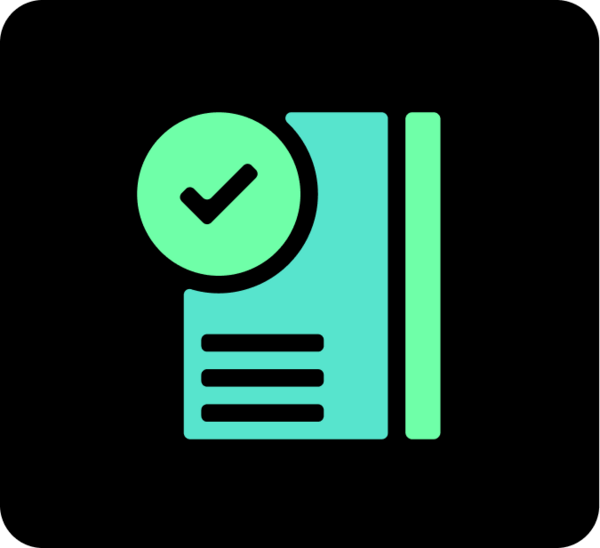
Simplify Your Tax Preparation Firstly, start early. Begin preparing your tax information well before the January 31 deadline to avoid last-minute pressure. The Pie Tax App can help simplify this process by daily tracking.

Streamline Tax Preparation Secondly, automate when possible. Use tools and apps designed for self-employed professionals to manage your finances seamlessly. Automation reduces the risk of errors and saves time.

Seek Professional Advice Lastly, seek professional advice. Don’t hesitate to reach out to expert tax assistants available on the Pie app if you encounter complex tax issues. Their guidance can help optimise your returns legally.
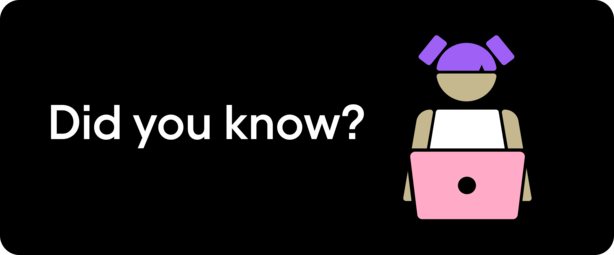
Fun Tax Fact
Did you know that in the UK, the first income tax was introduced in 1799 to fund the war against Napoleon?
Handling Tax Deductions

When handling your tax deductions, organisation is key. Begin by categorising your expenses and keeping a digital record of all receipts. The PIE Tax can help simplify this by offering a straightforward way to log and categorise expenses as they occur. This proactive approach ensures that you don’t miss out on any deductions at the end of the tax year.
Understanding which expenses are allowable can make a significant difference in your taxable income. Lessons, salon products, and promotional materials are just a few examples, but it’s worth consulting the expert tax assistants available on the Pie app to ensure you’re claiming everything you’re entitled to.

Track your travel expenses meticulously. Whether it’s mileage or public transport costs, these can add up and are deductible if they relate directly to your business activities. Always document the purpose of your trips to streamline the claim process. Another crucial expense category is professional development. Courses, seminars, and certifications you complete to improve your skills are deductible. Keeping records of these expenses can reduce your taxable income.Expenses to Track

Digitise all your records. Scan receipts and invoices immediately to avoid loss or damage. Store them in a secure, organised manner using the Pie Tax App to make future access easy and efficient. Regularly review your records. Periodically check your expense logs and receipts to ensure everything is up to date. Addressing discrepancies early can save significant time and stress when it’s time to file your taxes. Record-Keeping Tips
Summary
Navigating the tax landscape as a self-employed hairdresser can be complex, but with the right tools and information, you can effectively manage your tax obligations. Start by understanding your allowable expenses and the importance of accurate record-keeping. Using the PIE Tax and the expert tax assistants available on the Pie app can make this process seamless and stress-free.
Meeting self-assessment deadlines is crucial. With timely reminders and support, you can ensure compliance and avoid penalties. Through proactive management, you can maximise your deductions and ultimately retain more of your hard-earned income. Employ these strategies to take control of your taxes and focus more on your passion for hairdressing.
Frequently Asked Questions
What are allowable expenses for self-employed hairdressers?
Allowable expenses include salon supplies, equipment, training costs, travel expenses, and a portion of home office costs. Documenting these expenses can lower your taxable income.
How do I track my expenses effectively?
Using tools like the Pie Tax App helps you log and categorise expenses immediately, ensuring you maximise your deductions and stay organised.
When are self-assessment deadlines?
The UK tax year ends on April 5, and the Self-Assessment tax return must be filed by January 31 of the following year.
What if I miss the self-assessment deadline?
Failing to file on time can result in penalties and interest charges.
Can I get help with my tax questions?
Absolutely, the expert tax assistants available on the Pie app are there to provide personalised advice and answer any questions regarding your tax obligations.
